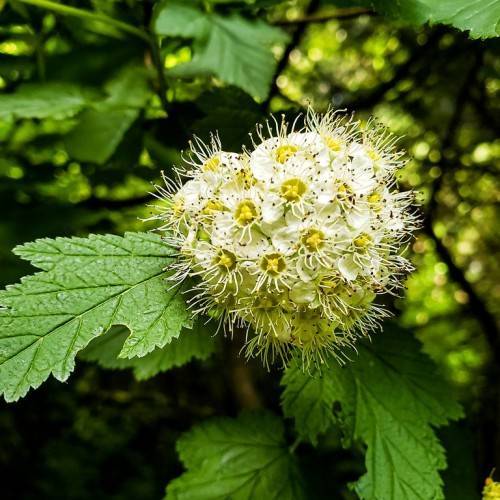
Pacific ninebark
Physocarpus capitatus
Cycle:
Perennial
Watering:
Average
Hardiness Zone:
7
Flowers:
Flowers In Spring
Sun:
Filtered shade, Full sun, Part sun/part shade
Soil:
Acidic, Humus rich, Well-drained
Fruits:
Fruits In Summer Ready In Fall
Leaf:
Yes
Growth Rate:
High
Maintenance:
Low
Drought Tolerant:
Yes
Invasive:
Yes
watering
Blackstem bamboo plants should be watered consistently to keep their roots moist, as they are a fast-growing species. Watering should be done deeply, where the water penetrates a few inches below the surface. It's best to water in the morning so the plant can absorb the moisture throughout the day. Generally, watering once or twice per week is sufficient, depending on the temperature and local weather conditions. If the weather is hot and dry, it's best to water the plants more often—at least 3 times per week. During colder months when the soil has less water retention, it may be necessary to water more frequently, such as 2 to 3 times per week. If the soil feels dry and cracks the bamboo plants may need more regular watering.
sunlight
Blackstem bamboo (Phyllostachys nigra) is a tropical bamboo species that is native to southeastern China. It grows best in full to partial sun, requiring at least 4 to 6 hours of direct sunlight every day for optimal growth. In warmer climates, it can tolerate more sun, up to 8 or even 10 hours per day. In colder areas, it may be best to provide filtered sunlight or shade during the hottest part of the day. As a tropical species, blackstem bamboo will need protection from frost and cold temperatures, and it cannot tolerate standing water.
pruning
Blackstem bamboo (Phyllostachys nigra) should be pruned very sparingly. It is best to wait until the start of the growing season each year, typically in late spring, to do the majority of the trimming. Before pruning, it is important to take into consideration the age of the plant and the size of the culm or stem, and trim any dead or diseased foliage. Only the older culms should be pruned, and no more than 1-third of the mature culm should be cut away at a time. If pruning multiple culms, then stagger the pruning times so that the process can be spread out over a period of months. Doing so will help keep the bamboo looking full and lush.
